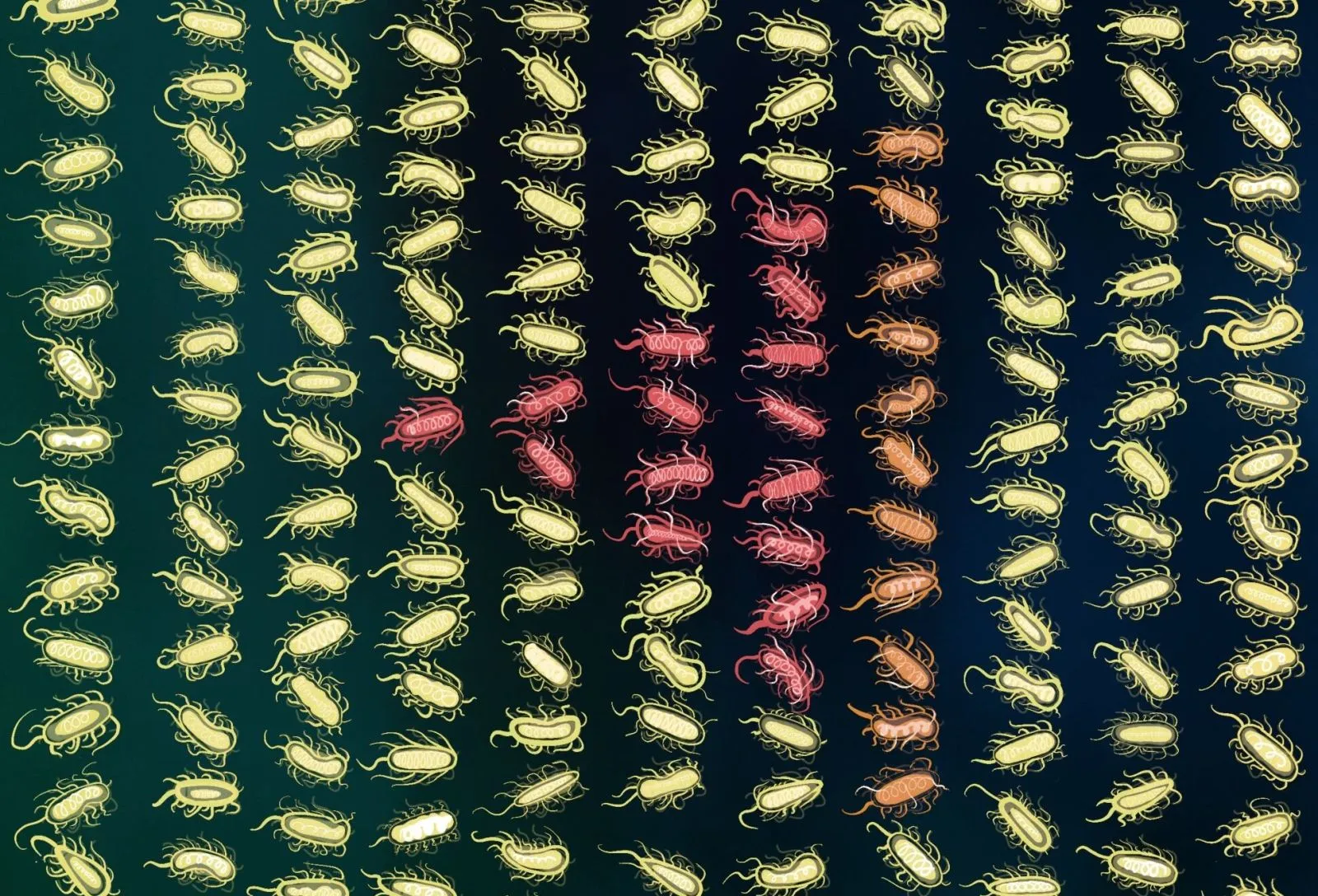Bacteria transmit memories between generations
Published by Cédric,
Article author: Cédric DEPOND
Source: Science Advances
Other Languages: FR, DE, ES, PT
Article author: Cédric DEPOND
Source: Science Advances
Other Languages: FR, DE, ES, PT
Follow us on Google News (click on ☆)
Bacterial biology is not limited to the information contained in DNA alone. Recent discoveries show that non-genetic memories can be passed on to offspring.

Credit: Camila Felix/Northwestern University
According to a study conducted by researchers from Northwestern and Texas-Southwestern Universities, some bacteria are capable of remembering temporary changes and passing them on to their descendants. This phenomenon, although not altering DNA, could pave the way for revolutionary medical applications.
For researchers, these memories are stored in gene regulatory networks, internal communication circuits between the genes themselves. By temporarily disabling a gene in Escherichia coli, a well-known model, the team observed that this disturbance could induce lasting changes, inherited over multiple generations.
These modifications are comparable to echoes, reverberating from one gene to another, even after the original gene is reactivated. This phenomenon, which the team refers to as a "self-sustaining network," resists external influences once it is triggered.
The study opens fascinating prospects for combating antibiotic resistance. By subtly modifying pathogenic bacteria, their descendants could be made more sensitive to treatments over several generations.
Researchers are now looking to validate these results in the laboratory, using tools like CRISPR to temporarily disable certain genes. If confirmed, these results could transform our understanding of non-genetic inheritance in living organisms.
Finally, although this research focuses on E. coli, other organisms might share this ability to transmit non-genetic memories. If this phenomenon is confirmed, it could challenge many assumptions in the field of biology.
What is a gene regulatory network?
A gene regulatory network is a complex system through which genes interact with each other to control gene expression. Unlike a fixed DNA sequence, this network is dynamic and can be modified by various environmental factors.
Genes do not function in isolation but form circuits where the activity of one gene can influence others, allowing precise and adaptive regulation of cellular functions.
How do temporary disturbances influence regulatory networks?
When temporary disturbances, such as disabling a gene, are introduced into a cell, they can cause changes in the gene regulatory network.
These changes are not simply reversible; they can trigger chain reactions that durably modify the network. Once reactivated, the initial gene may have already started a regulatory process that persists, influencing future generations without directly altering the DNA.
This phenomenon helps to understand how non-genetic traits can be passed to offspring.